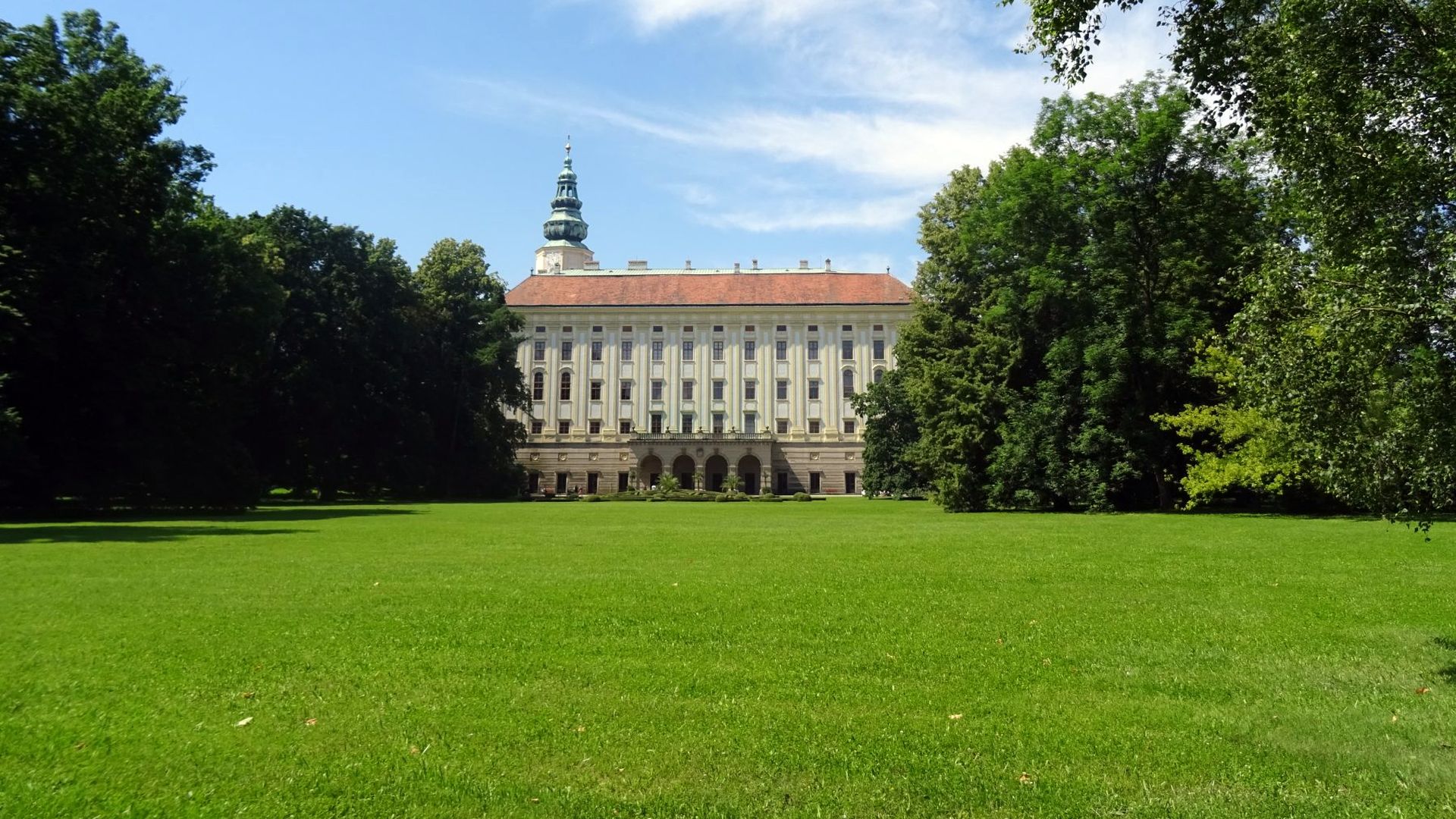Written by William Poppy

Kromeriz Chateau
The Kromeriz Chateau was formerly a gothic castle from the 13th century. Before the chateau served as the residence of Bishop Stanislav Thurzo during the era of Vladislav Jagellonian at the turn of the 16th and 17th century. The same bishop also inaugurated Vladislav’s heir, Ludvík Jagellonian in 1509.
History:
While traditionally the Kromeriz Chateau was the administrative centre of the bishopric, the diocese itself actually belongs to the Town of Olomouc, meaning that the bishops operated in Olomouc, not Kromeriz. As time went by the bishops became substantial land owners and were granted many privileges. They were also known for their support of the arts. There are many collections of paintings and a music archive in the chateau.
Unfortunately the chateau was destroyed at the beginning of 17th century during the Swedish occupation. After that the chateau was rebuilt by Bishop Charles of Lichtenstein-Castelcorna who also built the gardens which now serve to beautify the surroundings.
The chateau suffered another destructive event in 1752. Fire broke out and caused the loss of the whole second floor and a part of the first floor. Twenty years later the chateau was rebuilt again, this time in the late baroque and rococo form as we know it today. After that the gardens were rebuilt with many Chinese, Turkish or Mediterranean architectural elements.
Probably the most important event in the history of the chateau was the Kromeriz Assembly in 1849, when today’s Czech republic was part of The Austrian-Hungarian empire. The assembly was a response to the incidents of the 1848 Revolutions. The result of the assembly was the March Constitution, which was supposed to bring greater equality to the nations of the empire. At the end, it was never put in effect.
The chateau was host to a historic meeting between the Austrian-Hungarian Emperor Francis Joseph I and the Russian Czar Alexander III in 1885. During the meeting it was determined that there could be no peace between the two countries because of their contradictory ambitions on the Balkan Peninsula. These relations proceeded to result in World War I.
The chateau is considered a National Cultural Monument of the Czech Republic since 1995 and has been placed on UNESCO’s World Natural and Cultural Inheritance List in 1998. The grounds of the chateau were also used for filming Amadeus, an Oscar winning movie directed by Milos Forman.
For more information about the Zlin region, from which this chateau comes, click here and here.